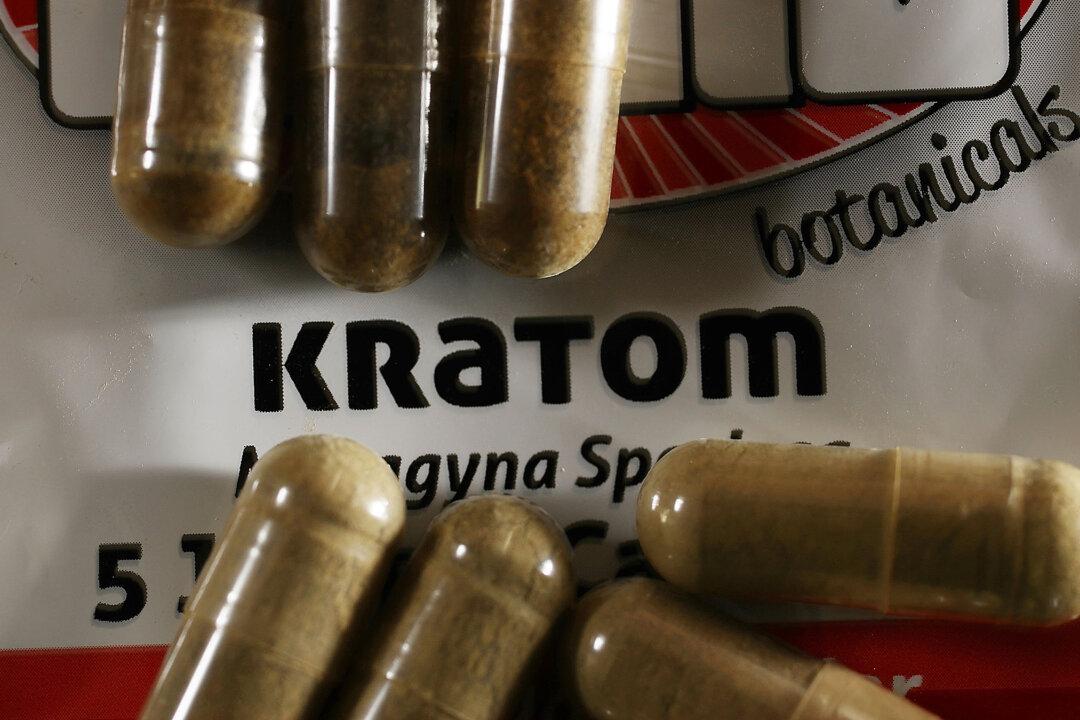The Food and Drug Administration released a report on Feb. 6 warning people against using the herbal pain reliever kratom, saying it could pose the same addictive qualities as morphine.
Kratom is the common name for the plant Mitragyna speciosa, which grows naturally in Thailand, Malaysia, Indonesia, and Papua New Guinea.





